Lessons from Failed EWI Projects: What to Avoid
The promise of External Wall Insulation (EWI) is hard to ignore. In a world where energy conservation and sustainable living are paramount, EWI stands out as an answer to improved energy efficiency and indoor comfort. However, its benefits only come to fruition when the installation is flawless. Over the years, multiple instances of failed EWI projects have surfaced, offering valuable lessons. This article examines these lessons to arm homeowners and professionals with the knowledge to avoid such pitfalls.
Common Reasons for failed EWI projects
1. Inadequate Surface Preparation
The backbone of EWI’s success lies in meticulous surface preparation. Without this, even the best insulation materials can falter.
- Cleaning is crucial: Dust, mould, old paint, and organic growth on walls can hinder adhesion, leading to gaps or peeling. Using biocidal treatments or specific cleaning agents can be essential, especially for older buildings.
- Levelling the surface: Uneven surfaces can cause gaps or inconsistent insulation thickness, affecting the overall performance of the EWI system.
2. Using Incorrect Materials
Every building and environment requires a tailored approach. Generic solutions often fall short.
- Insulation type: For example, while EPS might be cost-effective and widely used, in areas prone to fires, mineral wool, with its fire-resistant properties, would be more suitable.
- Compatibility: Certain adhesives might not adhere well with specific insulation boards or might degrade faster under certain conditions. It’s crucial to cross-check compatibility based on manufacturers’ recommendations.
-
Rockwool External Wall Dual Density Slab
Rated 5.00 out of 5From £26.24 Incl. VATFrom £21.87 Excl. VAT -
XPS Insulation (1 board)
From £20.38 Incl. VATFrom £10.20 Incl. VATFrom £8.50 Excl. VAT -
EPS Insulation (1 board = 0.72m²)
Rated 5.00 out of 5From £2.60 Incl. VATFrom £2.17 Excl. VAT -
Kingspan Kooltherm K5 External Wall Board (0.72m²)
Rated 4.67 out of 5From £11.99 Incl. VATFrom £9.99 Excl. VAT
3. Poor Installation Techniques
Precision and adherence to established methods are non-negotiables in EWI.
- Avoiding cold bridging: The gaps or “bridges” that bypass the insulation layer can be a significant source of heat loss. Special attention is needed around windows, doors, and wall junctions.
- Manufacturer’s guidelines: They provide a roadmap for optimal installation, including drying times, layer thicknesses, and more.
4. Neglecting Proper Moisture Management
Without correct moisture management, walls can become breeding grounds for mould and structural issues.
- Weather checks: Installation should avoid rainy or excessively humid days to prevent moisture entrapment.
- Breathability: Ensure that the selected system allows the building to “breathe”, releasing any trapped moisture, especially in older constructions that might have a history of damp issues.
5. Skimping on Fixings and Reinforcements
Proper anchoring and reinforcement are the shields against time and elemental challenges.
- Fixings: The type (mechanical or adhesive) and frequency of fixings are essential. They should be anchored deep enough, especially in older constructions with deteriorated substrates.
- Reinforcement mesh: It not only adds strength to the system but also helps distribute stresses, preventing cracks from forming.
Impact of Failed EWI Projects
1. Physical Damage to Property
When an EWI system fails, it can result in a wide array of physical damages to the property, from aesthetic impairments to serious structural problems.
- Cracks: Improper installation can lead to thermal stress and shrinkage, causing cracks on the facade of the building. This not only harms the appearance of the property but also exposes the underlying structure to potential water ingress and damage.
- Bulges: A lack of correct adherence or the use of inappropriate fixings can lead to bulging of the insulation layer. Apart from being visually unsightly, bulging may eventually lead to parts of the insulation falling off, compromising the building’s thermal envelope.
- Mould Growth: Inadequate moisture management can lead to damp spots on the walls, which can foster the growth of mould. Apart from affecting the aesthetics, persistent mould can also weaken the building structure over time, particularly if it infiltrates and damages the materials beneath the render.
- Insulation Layer Detachment: In the worst-case scenario, significant parts of the insulation layer might fall off, posing safety risks and leaving the building unprotected against external temperatures.
2. Financial Implications
The costs associated with failed EWI systems can be extensive and long-lasting.
- Remedial Costs: Failed EWI necessitates extensive repair or replacement work, which can be costly in terms of both materials and labour. These costs are further amplified if there is a need for temporary relocation during the repair work.
- Energy Inefficiency: Failed EWI also means the building is not efficiently insulated, leading to increased energy usage and higher utility bills.
- Property Value: The physical damages and associated repairs can negatively impact the perceived value of the property, especially if the issues become well-known or visible. This can make it difficult to sell or lease the property in the future.
3. Health Implications
Failed EWI systems can also adversely affect the health of the building’s occupants.
- Mould: Mould growth, often a result of dampness and poor insulation, can lead to numerous health issues. Mould spores can aggravate allergies, trigger asthma attacks, and lead to other respiratory issues. Some types of mould may also produce toxic compounds known as mycotoxins that can cause severe health problems.
- Cold Spots: Inefficient insulation can create cold spots in the building, making the living conditions uncomfortable. Prolonged exposure to colds can increase the risk of health conditions such as colds, flu, and hypothermia, particularly in individuals with reduced immunity.
- Indoor Air Quality: Poorly performing EWI can also affect indoor air quality. Moisture build-up within the walls can lead to increased humidity levels indoors, fostering a conducive environment for dust mites, another potential allergen.
Tips to Ensure Successful EWI Projects
A preliminary site survey is crucial. This identifies issues like existing dampness or structural weaknesses, allowing for timely interventions. Based on the property’s conditions and location, the right insulation materials should be chosen, ensuring longevity and maximum efficacy.
Preparation is key. Walls should be cleared of debris, and any existing mould spots treated. The substrate (the existing wall) must be assessed for stability before adding insulation.
Professional expertise significantly influences the outcome. Hiring a team with proven EWI experience ensures the project’s success. Special attention is required around doors, windows, and wall junctions to prevent cold bridges, maintaining a continuous insulation layer.
Moisture management is essential. Whether choosing breathable systems or including specific ventilation measures, it’s vital to prevent potential moisture issues. Post-installation, regular inspections will detect early signs of wear or dampness, reducing future repair costs.
The finishing phase, while often overlooked, seals the project’s success. A durable and aesthetically pleasing render should be uniformly applied. And even after the EWI installation, maintenance is vital. Therefore, regular facade cleaning and periodic finish updates guarantee longevity.
Let us know if you’ve had any problems that plague failed EWI projects!
Facebook
Twitter
LinkedIn
Your cart
Trade Account Login

We use cookies on our website to give you the most relevant experience by remembering your preferences and repeat visits. By clicking “Accept All”, you consent to the use of ALL the cookies. However, you may visit "Cookie Settings" to provide personalised consent.
Manage consent
Privacy Overview
This website uses cookies to improve your experience while you navigate through the website. Out of these, the cookies that are categorized as necessary are stored on your browser as they are essential for the working of basic functionalities of the website. We also use third-party cookies that help us analyze and understand how you use this website. These cookies will be stored in your browser only with your consent. You also have the option to opt-out of these cookies. But opting out of some of these cookies may affect your browsing experience.
Necessary cookies are absolutely essential for the website to function properly. These cookies ensure basic functionalities and security features of the website, anonymously.
| Cookie | Duration | Description |
|---|---|---|
| __stripe_mid | 1 year | This cookie is set by Stripe payment gateway. This cookie is used to enable payment on the website without storing any patment information on a server. |
| __stripe_sid | 30 minutes | This cookie is set by Stripe payment gateway. This cookie is used to enable payment on the website without storing any patment information on a server. |
| _GRECAPTCHA | 5 months 27 days | This cookie is set by the Google recaptcha service to identify bots to protect the website against malicious spam attacks. |
| apbct_cookies_test | session | CleanTalk sets this cookie to prevent spam on comments and forms and act as a complete anti-spam solution and firewall for the site. |
| apbct_page_hits | session | CleanTalk sets this cookie to prevent spam on comments and forms and act as a complete anti-spam solution and firewall for the site. |
| apbct_prev_referer | session | Functional cookie placed by CleanTalk Spam Protect to store referring IDs and prevent unauthorized spam from being sent from the website. |
| apbct_site_landing_ts | session | CleanTalk sets this cookie to prevent spam on comments and forms and act as a complete anti-spam solution and firewall for the site. |
| apbct_site_referer | 3 days | This cookie is placed by CleanTalk Spam Protect to prevent spam and to store the referrer page address which led the user to the website. |
| apbct_timestamp | session | CleanTalk sets this cookie to prevent spam on comments and forms and act as a complete anti-spam solution and firewall for the site. |
| apbct_urls | 3 days | This cookie is placed by CleanTalk Spam Protect to prevent spam and to store the addresses (urls) visited on the website. |
| AWSALBCORS | 7 days | This cookie is managed by Amazon Web Services and is used for load balancing. |
| cookielawinfo-checkbox-advertisement | 1 year | Set by the GDPR Cookie Consent plugin, this cookie is used to record the user consent for the cookies in the "Advertisement" category . |
| cookielawinfo-checkbox-analytics | 11 months | This cookie is set by GDPR Cookie Consent plugin. The cookie is used to store the user consent for the cookies in the category "Analytics". |
| cookielawinfo-checkbox-functional | 11 months | The cookie is set by GDPR cookie consent to record the user consent for the cookies in the category "Functional". |
| cookielawinfo-checkbox-necessary | 11 months | This cookie is set by GDPR Cookie Consent plugin. The cookies is used to store the user consent for the cookies in the category "Necessary". |
| cookielawinfo-checkbox-others | 11 months | This cookie is set by GDPR Cookie Consent plugin. The cookie is used to store the user consent for the cookies in the category "Other. |
| cookielawinfo-checkbox-performance | 11 months | This cookie is set by GDPR Cookie Consent plugin. The cookie is used to store the user consent for the cookies in the category "Performance". |
| ct_checkjs | session | CleanTalk–Used to prevent spam on our comments and forms and acts as a complete anti-spam solution and firewall for this site. |
| ct_fkp_timestamp | session | CleanTalk sets this cookie to prevent spam on the site's comments/forms, and to act as a complete anti-spam solution and firewall for the site. |
| ct_pointer_data | session | CleanTalk sets this cookie to prevent spam on the site's comments/forms, and to act as a complete anti-spam solution and firewall for the site. |
| ct_ps_timestamp | session | CleanTalk sets this cookie to prevent spam on the site's comments/forms, and to act as a complete anti-spam solution and firewall for the site. |
| ct_sfw_pass_key | 1 month | CleanTalk sets this cookie to prevent spam on comments and forms and act as a complete anti-spam solution and firewall for the site. |
| ct_timezone | session | CleanTalk–Used to prevent spam on our comments and forms and acts as a complete anti-spam solution and firewall for this site. |
| elementor | never | This cookie is used by the website's WordPress theme. It allows the website owner to implement or change the website's content in real-time. |
| viewed_cookie_policy | 11 months | The cookie is set by the GDPR Cookie Consent plugin and is used to store whether or not user has consented to the use of cookies. It does not store any personal data. |
Functional cookies help to perform certain functionalities like sharing the content of the website on social media platforms, collect feedbacks, and other third-party features.
| Cookie | Duration | Description |
|---|---|---|
| __zlcmid | 1 year | This cookie is used by Zendesk live chat and is used to store the live chat ID. |
| bcookie | 2 years | LinkedIn sets this cookie from LinkedIn share buttons and ad tags to recognize browser ID. |
| bscookie | 2 years | LinkedIn sets this cookie to store performed actions on the website. |
| lang | session | LinkedIn sets this cookie to remember a user's language setting. |
| lidc | 1 day | LinkedIn sets the lidc cookie to facilitate data center selection. |
| UserMatchHistory | 1 month | LinkedIn sets this cookie for LinkedIn Ads ID syncing. |
Performance cookies are used to understand and analyze the key performance indexes of the website which helps in delivering a better user experience for the visitors.
| Cookie | Duration | Description |
|---|---|---|
| __utma | 2 years | This cookie is set by Google Analytics and is used to distinguish users and sessions. The cookie is created when the JavaScript library executes and there are no existing __utma cookies. The cookie is updated every time data is sent to Google Analytics. |
| __utmb | 30 minutes | Google Analytics sets this cookie, to determine new sessions/visits. __utmb cookie is created when the JavaScript library executes and there are no existing __utma cookies. It is updated every time data is sent to Google Analytics. |
| __utmc | session | The cookie is set by Google Analytics and is deleted when the user closes the browser. It is used to enable interoperability with urchin.js, which is an older version of Google Analytics and is used in conjunction with the __utmb cookie to determine new sessions/visits. |
| __utmt | 10 minutes | Google Analytics sets this cookie to inhibit request rate. |
| __utmv | 2 years | The __utmv cookie is set on the user's device, to enable Google Analytics to classify the visitor. |
| __utmz | 6 months | Google Analytics sets this cookie to store the traffic source or campaign by which the visitor reached the site. |
| sib_cuid | 6 months | Purechat uses this cookie to send data to purechat.com, to connect visitors to the reservation team and track visitors to stay on portal. |
| SRM_B | 1 year 24 days | Used by Microsoft Advertising as a unique ID for visitors. |
Analytical cookies are used to understand how visitors interact with the website. These cookies help provide information on metrics the number of visitors, bounce rate, traffic source, etc.
| Cookie | Duration | Description |
|---|---|---|
| _ga | 2 years | The _ga cookie, installed by Google Analytics, calculates visitor, session and campaign data and also keeps track of site usage for the site's analytics report. The cookie stores information anonymously and assigns a randomly generated number to recognize unique visitors. |
| _gat_gtag_UA_61069204_2 | 1 minute | Set by Google to distinguish users. |
| _gat_UA-61069204-2 | 1 minute | A variation of the _gat cookie set by Google Analytics and Google Tag Manager to allow website owners to track visitor behaviour and measure site performance. The pattern element in the name contains the unique identity number of the account or website it relates to. |
| _gcl_au | 3 months | Provided by Google Tag Manager to experiment advertisement efficiency of websites using their services. |
| _gid | 1 day | Installed by Google Analytics, _gid cookie stores information on how visitors use a website, while also creating an analytics report of the website's performance. Some of the data that are collected include the number of visitors, their source, and the pages they visit anonymously. |
| _uetsid | 1 day | This cookies are used to collect analytical information about how visitors use the website. This information is used to compile report and improve site. |
| CONSENT | 2 years | YouTube sets this cookie via embedded youtube-videos and registers anonymous statistical data. |
Advertisement cookies are used to provide visitors with relevant ads and marketing campaigns. These cookies track visitors across websites and collect information to provide customized ads.
| Cookie | Duration | Description |
|---|---|---|
| _fbp | 3 months | This cookie is set by Facebook to display advertisements when either on Facebook or on a digital platform powered by Facebook advertising, after visiting the website. |
| ANONCHK | 10 minutes | The ANONCHK cookie, set by Bing, is used to store a user's session ID and also verify the clicks from ads on the Bing search engine. The cookie helps in reporting and personalization as well. |
| fr | 3 months | Facebook sets this cookie to show relevant advertisements to users by tracking user behaviour across the web, on sites that have Facebook pixel or Facebook social plugin. |
| MUID | 1 year 24 days | Bing sets this cookie to recognize unique web browsers visiting Microsoft sites. This cookie is used for advertising, site analytics, and other operations. |
| NID | 6 months | NID cookie, set by Google, is used for advertising purposes; to limit the number of times the user sees an ad, to mute unwanted ads, and to measure the effectiveness of ads. |
| test_cookie | 15 minutes | The test_cookie is set by doubleclick.net and is used to determine if the user's browser supports cookies. |
| uuid | 6 months | MediaMath sets this cookie to avoid the same ads from being shown repeatedly and for relevant advertising. |
| VISITOR_INFO1_LIVE | 5 months 27 days | A cookie set by YouTube to measure bandwidth that determines whether the user gets the new or old player interface. |
| YSC | session | YSC cookie is set by Youtube and is used to track the views of embedded videos on Youtube pages. |
| yt-remote-connected-devices | never | YouTube sets this cookie to store the video preferences of the user using embedded YouTube video. |
| yt-remote-device-id | never | YouTube sets this cookie to store the video preferences of the user using embedded YouTube video. |
| yt.innertube::nextId | never | This cookie, set by YouTube, registers a unique ID to store data on what videos from YouTube the user has seen. |
| yt.innertube::requests | never | This cookie, set by YouTube, registers a unique ID to store data on what videos from YouTube the user has seen. |
Other uncategorized cookies are those that are being analyzed and have not been classified into a category as yet.
| Cookie | Duration | Description |
|---|---|---|
| _clck | 1 year | No description |
| _clsk | 1 day | No description |
| _uetvid | 1 year 24 days | No description available. |
| AnalyticsSyncHistory | 1 month | No description |
| apbct_pixel_url | session | No description |
| apbct_visible_fields_0 | session | No description |
| apbct_visible_fields_1 | session | No description |
| apbct_visible_fields_10 | session | No description |
| apbct_visible_fields_2 | session | No description |
| apbct_visible_fields_3 | session | No description |
| apbct_visible_fields_4 | session | No description |
| apbct_visible_fields_5 | session | No description |
| apbct_visible_fields_6 | session | No description |
| apbct_visible_fields_7 | session | No description |
| apbct_visible_fields_8 | session | No description |
| apbct_visible_fields_9 | session | No description |
| ct_checked_emails | session | No description |
| ct_has_scrolled | session | No description |
| ct_mouse_moved | session | No description |
| ct_screen_info | session | No description |
| ictf_master | never | No description available. |
| li_gc | 2 years | No description |
| m | 2 years | No description available. |
| SM | session | No description available. |
| testinfinitycookie | session | No description |
| woocommerce_show_tax | 7 days | No description available. |
| wp_woocommerce_session_c5ac76b408021294cb56bcc27eddf8a1 | 2 days | No description |


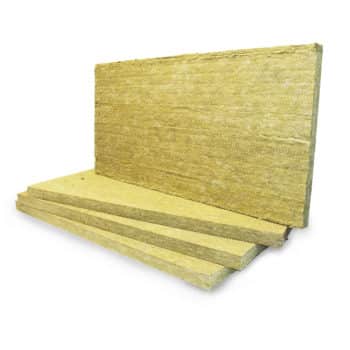
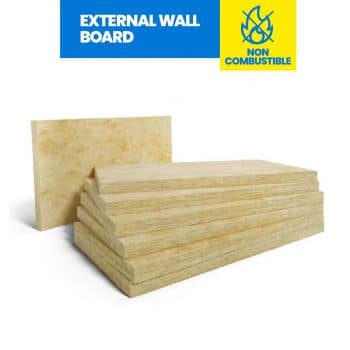
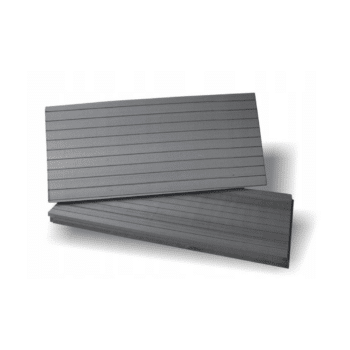
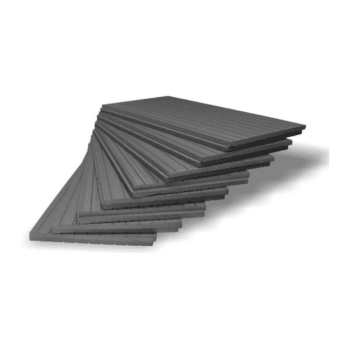
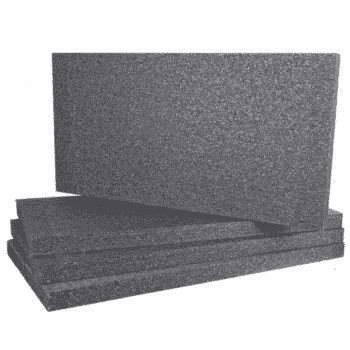

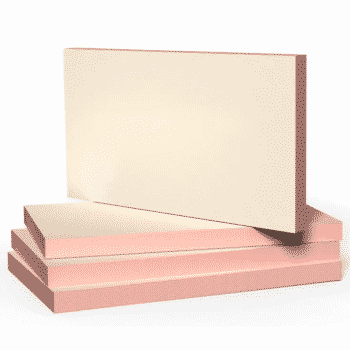
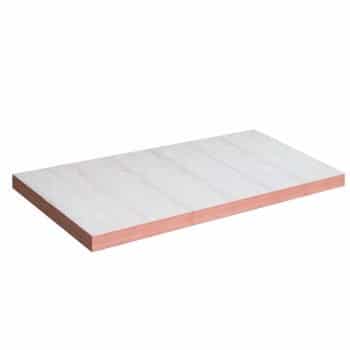
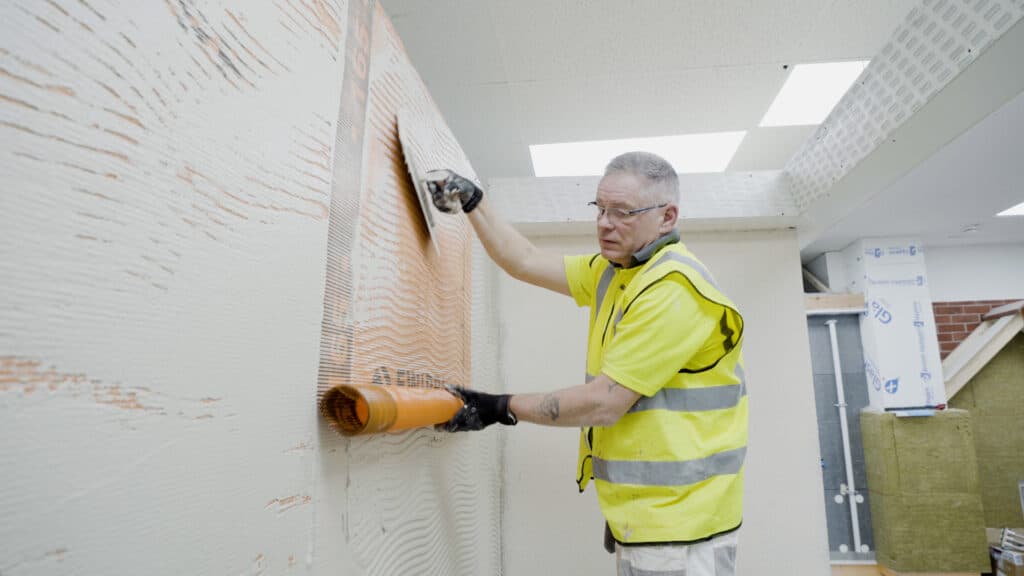
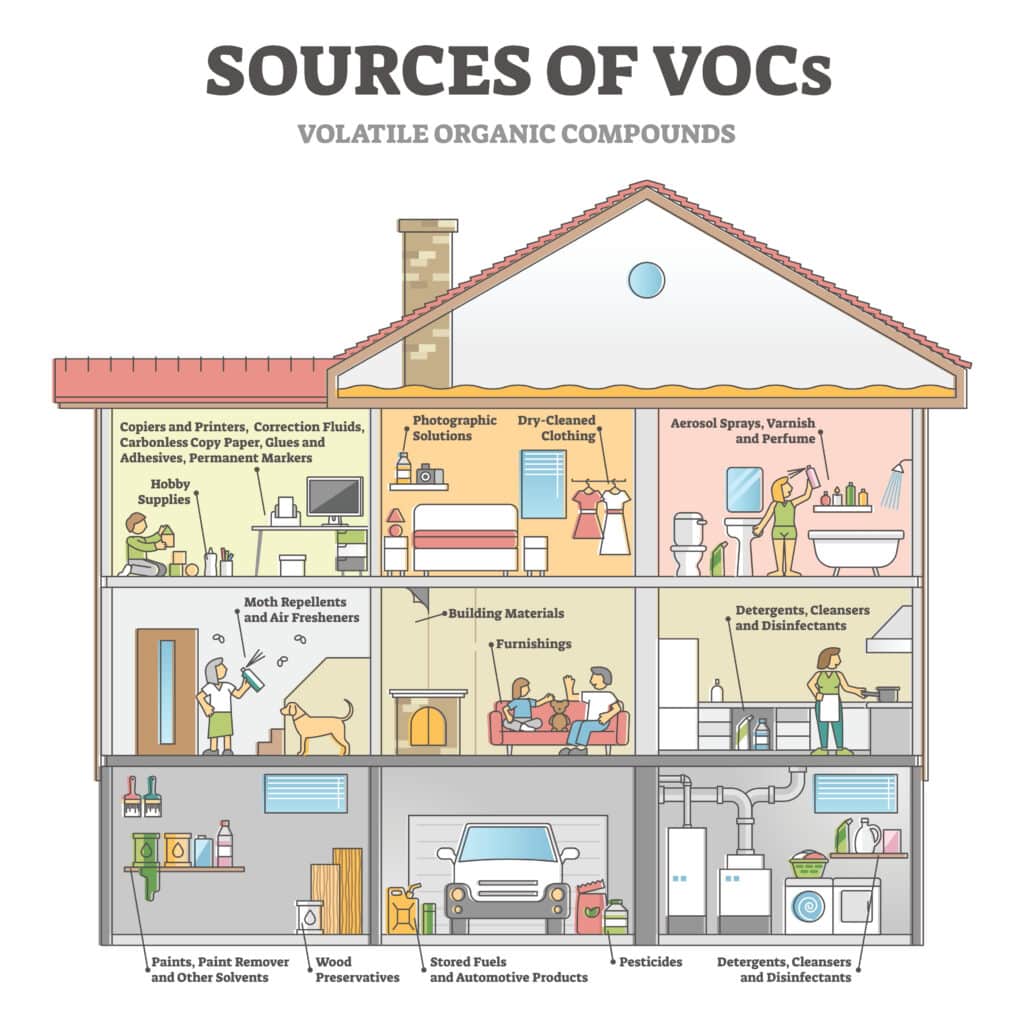
2 thoughts on “Lessons from Failed EWI Projects: What to Avoid”
Hi
Do you think that internal wall insulation where rooms are big enough is better than the external wall insulation ?
There are materials in the market where insulation (polyiso) having two layers of vapour barrier glued to 12.5 mm of plaster board with good thermal conductivity& thermal resistance.
Your comments please
Hi Manjit, we believe that external wall insulation is still better as it is less disruptive to the homeowner. Internal insulation will be done room by room so could take longer as well. External insulation can also stabilise the outside walls.